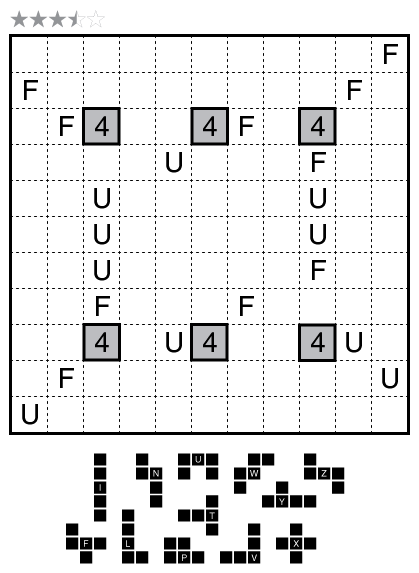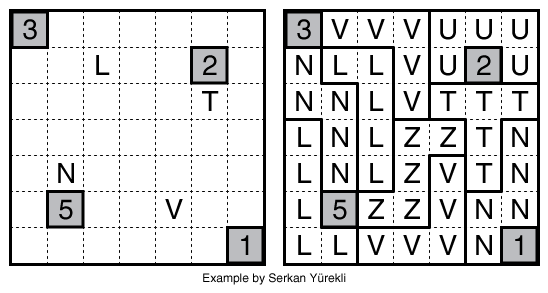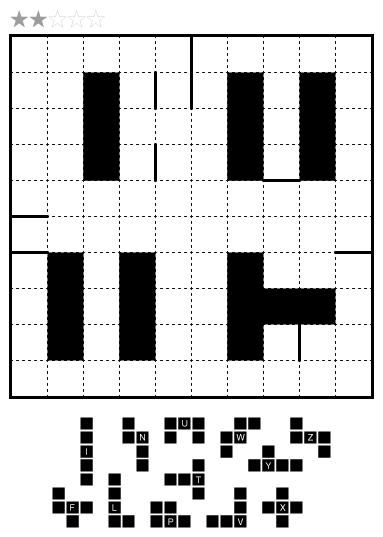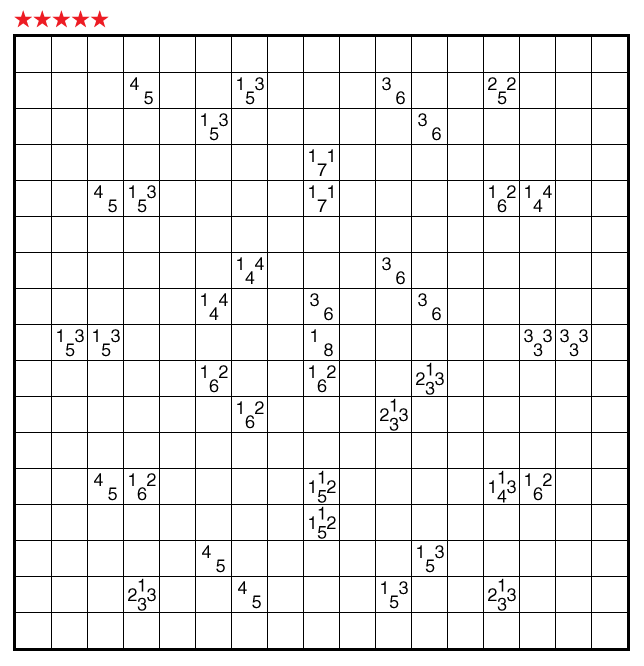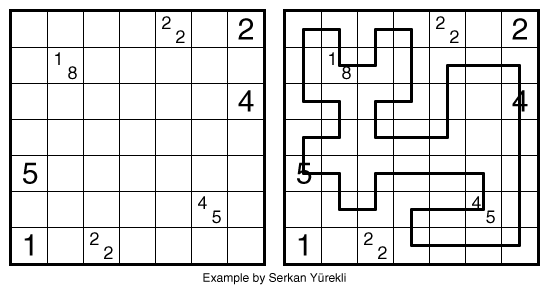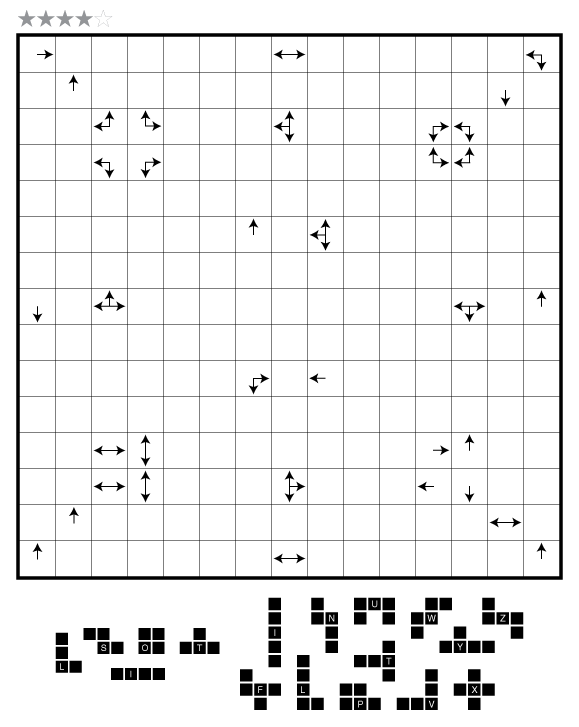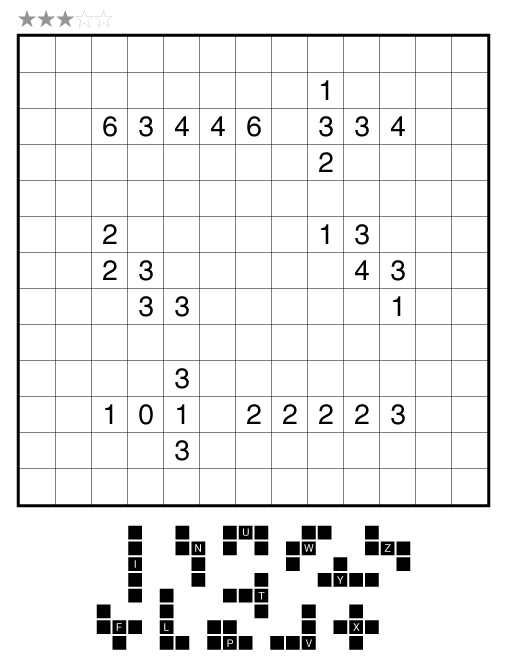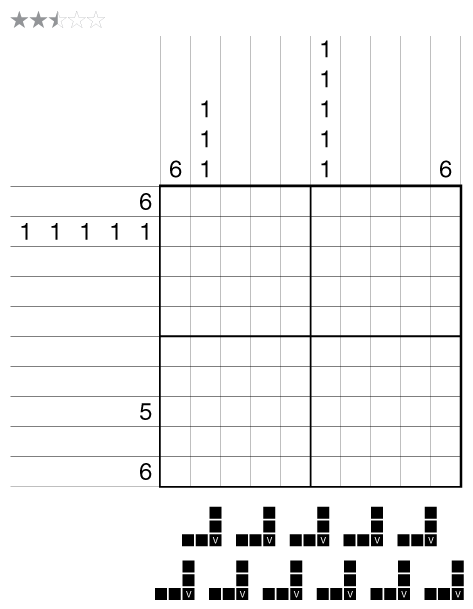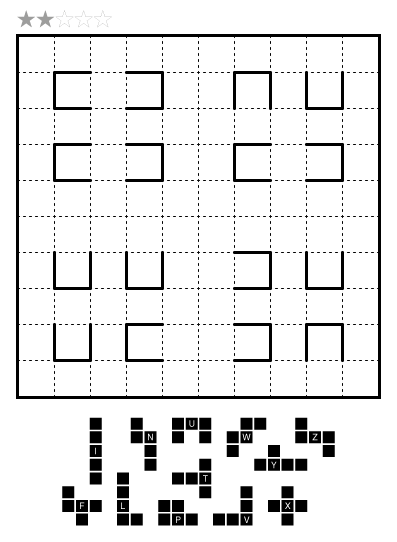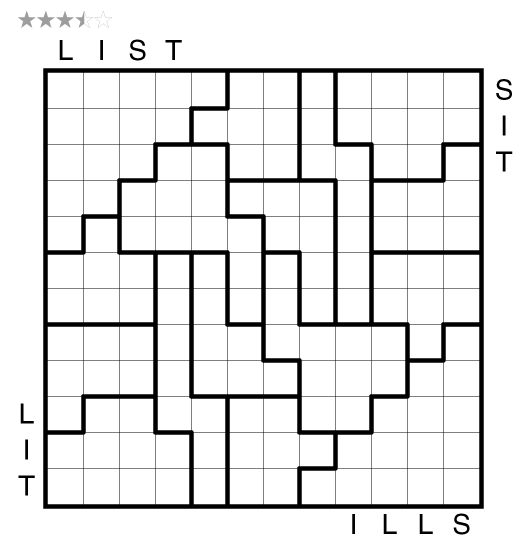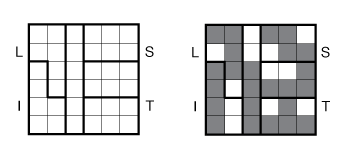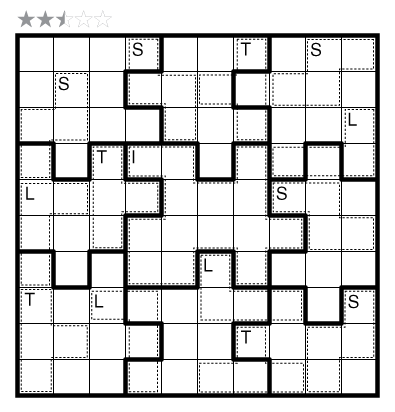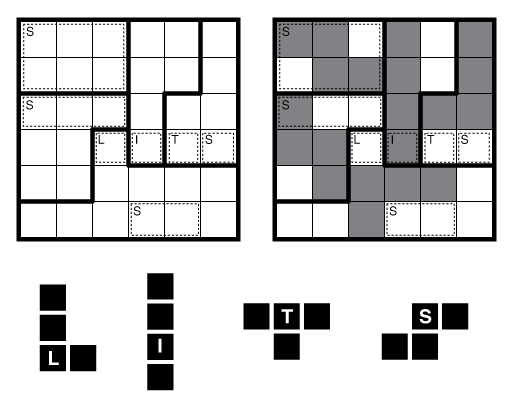Castle Wall (Unequal Lengths) by Serkan Yürekli
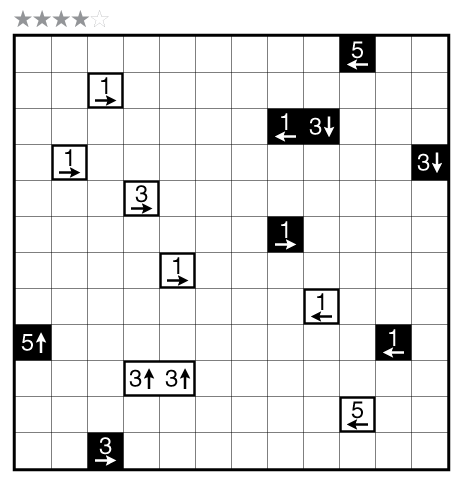
or solve online (using our beta test of Penpa-Edit tools in linex mode where left click+drag draws lines and right click marks X’s)
Theme: Odds
Author/Opus: This is the 378th puzzle from our managing editor Serkan Yürekli.
Rules: Standard Castle Wall rules, but any two consecutive line segments cannot have the same length (i.e., on both sides of any turn, the loop must travel different lengths).
Difficulty: 4 stars
Time Standards (highlight to view): Grandmaster = 6:30, Master = 9:45, Expert = 19:30
Solution: PDF and solving video.
Note: Follow this link for more Castle Wall puzzles. If you are new to this puzzle type, here are our easiest Castle Wall puzzles to get started on. More Castle Wall puzzles can be found in our beginner-friendly collection Intro to GMPuzzles as well as the larger collection Castle Wall, both by Serkan Yürekli.

